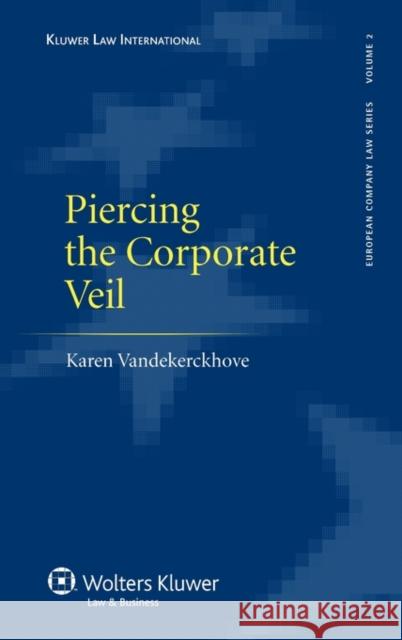Piercing the Corporate Veil » książka
Piercing the Corporate Veil
ISBN-13: 9789041125910 / Angielski / Twarda / 2007 / 788 str.
When courts and#8216;pierce the corporate veiland#8217;, they disregard the separateness of the corporation and hold a shareholder responsible for the corporationand#8217;s action as if it were the shareholderand#8217;s own. Although as a general rule the courts are reluctant to allow corporate veil piercing, creditors of an insolvent corporation frequently attempt to hold the shareholders liable when they cannot obtain satisfaction from their debtor. In the United States, in fact, piercing claims constitute the single most litigated area in corporate law. This study clears up some of the mists hanging around the concept of corporate veil piercing. What exactly is corporate veil piercing and in which situations does it occur? What are the legal rules involved? Following a short overview of the applicable law in the six legal systems that are the subject of this study-those of Belgium, the Netherlands, France, Germany, the United Kingdom, and the United States-the author proceeds with a more profound analysis from a functional comparative perspective, starting from particular situations that typically call for shareholder liability for the debts of subsidiary companies. Among the grounds for veil piercing claims the author discusses the following, along with the substantive and procedural law and important cases associated with each in the six jurisdictions covered:
- ;undercapitalization;
- asset stripping;
- undue continuing of loss-making activities;
- and identification or the consideration of the corporate group as an economic unit.











